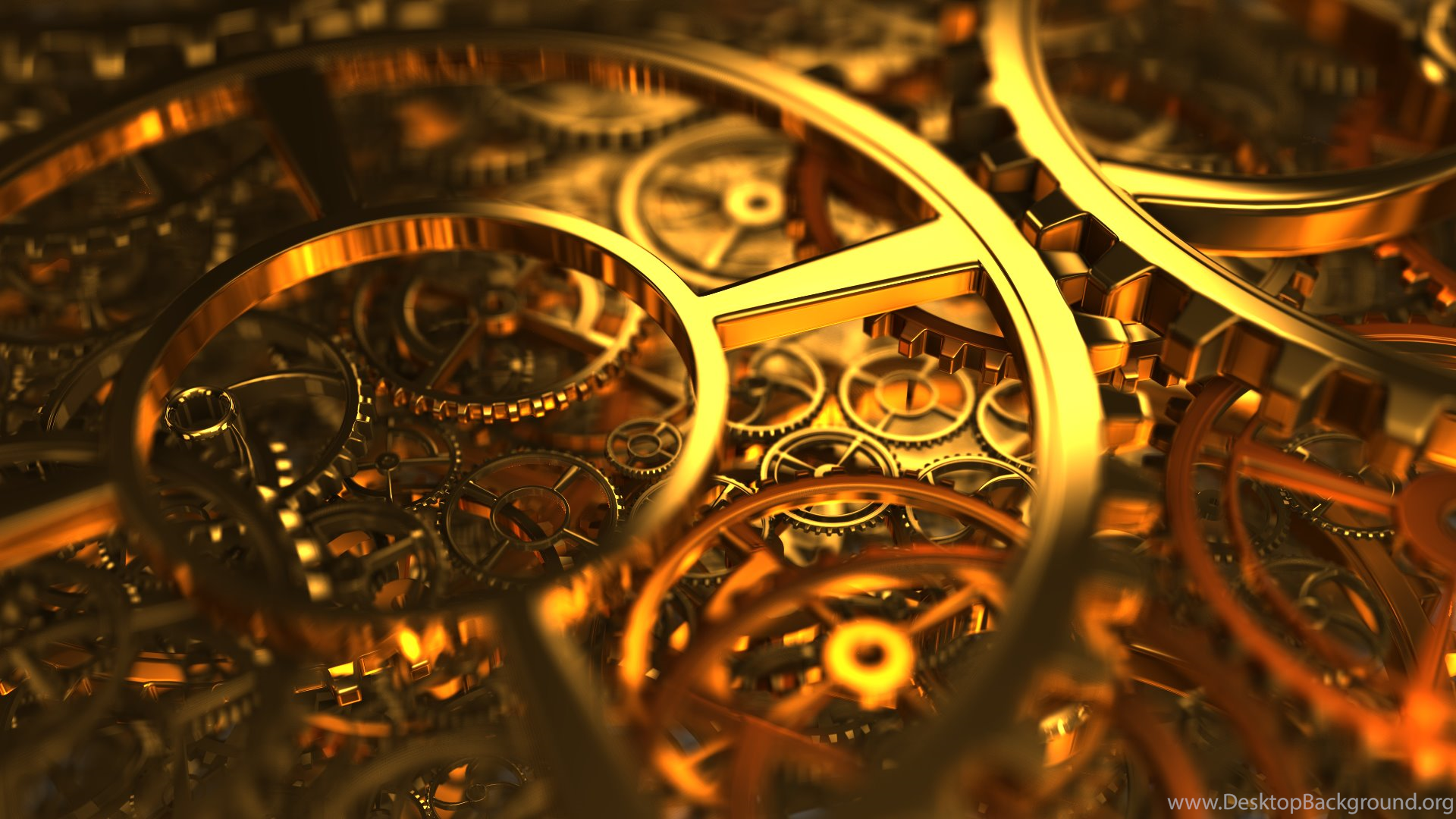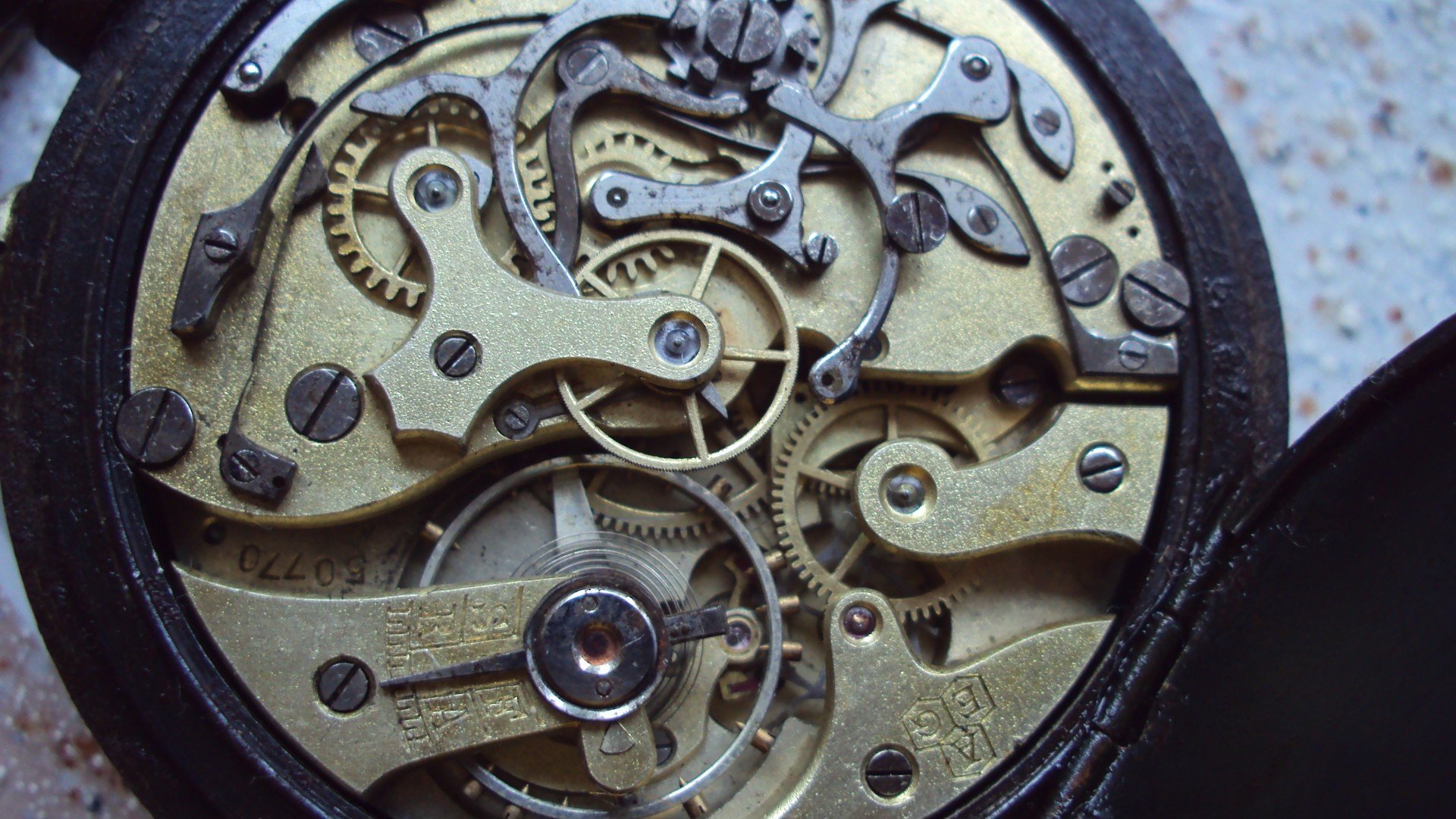

Thin air: it's stored in the spring as potential energy. Since you're doing work with your fingers, you're using energy, but that energy doesn't vanish into Gauthier, patented August 28, 1894, courtesy of US Patent and Trademark Office. Artwork from US Patent 525,265: Mainspring-barrel for watches by Agile N. The longer and thinner the spring, the more energy it can hold inside a barrel of a certain size. The tightly wound spring (red) is entirely contained inside a cylindrical box called the barrel (gray) that has gear teeth around its edge. With each turn of the screw, yourįingers are doing work (as we say in science): they're movingĪ force (pushing against the spring's tendency to expand) through aĭistance-in other words, compressing the spring.Īrtwork: A typical watch mainspring. Space) is actually quite hard work-in both the everyday and the Of steel, so tightening them (forcing them to occupy a much smaller

Clockwork springs are usually thick twists The mainspring is the mechanical equivalent of a battery. When you turn the key, you're tightening a sturdy metal spring,Ĭalled the mainspring, and storing up energy You'll know that the key (sometimes it's a little plastic knob calledĪ crown) can be quite stiff and hard to turn. What happens when you wind? If you've ever wound a clockwork toy, If you want aĬlockwork car to drive across your carpet, you have to give it enoughĮnergy to do just that before you release it in other words, you have to wind it up. Tells us that we can't do anything without energy. Adding and storing energyĪ basic law of science called the conservation of energy How do all the parts work to make a funny, jumping man? See the box at the bottom of this article for an explanation. Photo: It may not look much (left), but even the simplest clockwork toy is a perfect example of miniaturized mechanical engineering (right)! Wind it up and it jumps along on its pink plastic feet. The gears would drive the wheels that power it over your floor. That sweep around the dial to tell you the time. In a clock, the mechanism is the set of hands A mechanism the gears drive that makes the device do useful.Things, but they also control how much force it can produce (for climbing inclines, perhaps). The gears control how quickly (or slowly) a clockwork machine can do A set of gears through which the spring's energy is released.Other clocks and windup wristwatches use springs instead.) ( Pendulum clocks store energy with weights that rise and fall, but A spiral spring to store the energy you add with the key.

A key (or crown) you wind to add energy.Like an old-fashioned clock, a clockwork device isĬompletely mechanical and has these essential parts: Understand how clocks used to work in the days when you wound If you want to understand clockwork, you need to Is obvious! But most modern clocks are electronic: powered byĮlectricity and regulated by quartz crystals, they have relativelyįew moving parts. Clockwork means, literally, "working like a clock"-that much


 0 kommentar(er)
0 kommentar(er)
